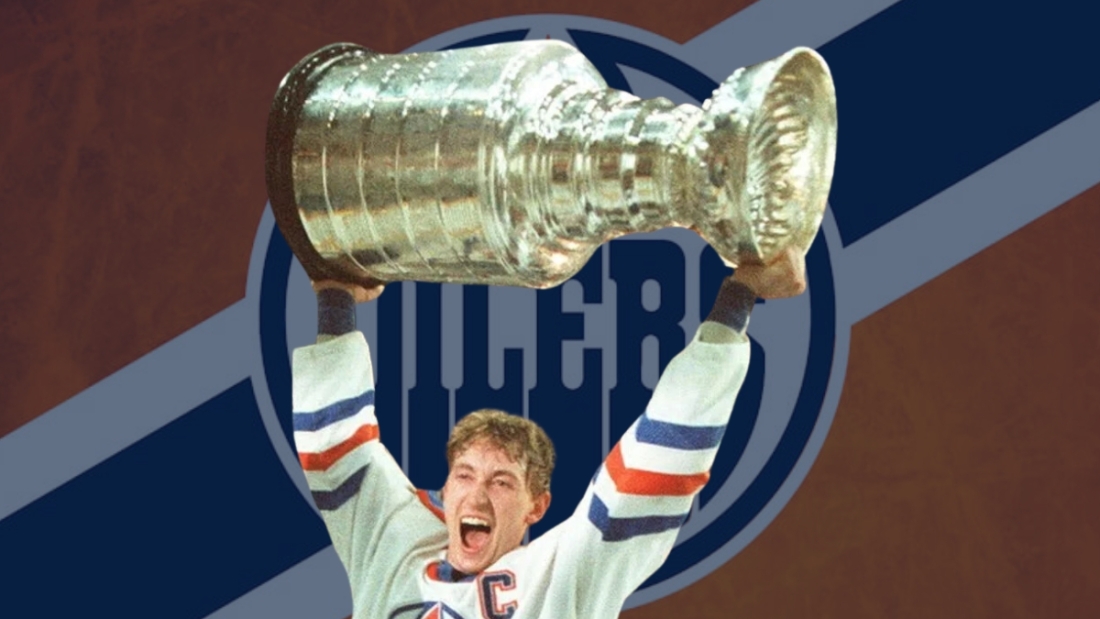In the world of sports, the name Wayne Gretzky is synonymous with the highest level of skill and strategic brilliance. With the handful of hockey records that may never be broken, he is the NHL’s poster of greatness. Gretzky left an everlasting mark not just on hockey, but arguably all major sports. One lesser-known aspect of his legendary legacy is the innovative strategy that was developed to maximize his performance—the “Gretzky Rule.”
What Is the Gretzky Rule?
The “Gretzky Rule,” implemented during his tenure with the Edmonton Oilers in the 1980s, was a game-changing tactic that revolutionized the way hockey was played. The rule was not a formal regulation, but rather a strategy devised by The Great One’s teammates; they would deliberately incite penalties, leading to a 4v4 situation (also known as offsetting penalties). This tactic created more space on the ice, allowing Gretzky more room to maneuver and capitalize on his extraordinary skills.
The effect of the “Gretzky Rule” was nothing short of spectacular. With additional room to operate, Gretzky’s vision, playmaking abilities, and scoring were able to shine, solidifying his reputation as the best player in the history of the sport. This innovative strategy not only elevated Gretzky’s individual performance but also changed the dynamics of ice hockey.
The NHL’s Response to the Gretzky Rule
Recognizing the significant impact of the “Gretzky Rule,” the NHL took proactive measures to address and mitigate this tactic. Gretzky was already dominating the league with his individual play, racking up 100+ point seasons. The league introduced a series of rule adjustments and heightened officiating scrutiny to maintain the balance of fair play. However, these measures did not diminish the strategic brilliance displayed by the Oilers.
In 1985, the NHL introduced a significant rule change involving offsetting penalties, where if coinciding penalties were called, neither team would lose a man, thus preventing teams from playing 4-on-4 or 3-on-3 situations, which had become advantageous for skilled players like Gretzky and his Edmonton Oilers teammates.
Here are the five major rule changes that occurred:
- Offsetting Penalties: This change meant that when two players received penalties at the same time, teams continued playing 5-on-5 instead of going down to 4-on-4 or 3-on-3.
- Mandatory Helmets: While not directly the correlated with the rule, by 1985 helmets were becoming mandatory for new NHL players.
- Goalie Equipment: There were discussions about limiting the size of goalie equipment around this time to increase scoring, although significant changes took longer to implement.
- Icing Rules: There were tweaks to icing rules to speed up the game, although not directly related to Gretzky.
- Fighting Penalties: The league sought to reduce fighting with stricter penalties, which indirectly impacted the game’s skill aspect.
Gretzky would still be the leading point scorer in NHL history if he had scored 0 goals.
The NHL had to change the rule on offsetting penalties because 4-on-4 was just unfair with Gretzky.
I’d say he would have been ok in any era.
— jp (@jpetrie_canada) December 16, 2021
…but, why is that argument never used for Orr, Esposito, Lemieux, Bossy, Lafleur, etc?
It only seems to be used when talking about Gretzky.
They also weren’t allowed two line passes. OT was 5 on 5. They changed the offsetting penalty rule to hurt the Oilers (From 85 to 92).
— GDeyell (@darth_grugen) December 19, 2023
After 1985
Despite the changes, Gretzky tended to adapt to rule changes and continued dominating. The rule change impacted hockey by reducing the open-ice scenarios where players like Gretzky could take advantage of their skill and speed, potentially reducing their scoring opportunities. However, it also emphasized the importance of team play and even strength strategy. All this for the NHL to reverse the rule in the early 1990’s for Mario Lemeiuex and Jaromir Jagr to take advantage of.
The “Gretzky Rule” was a catalyst for the evolution of the game of ice hockey. It challenged conventional strategies and forced teams to adapt, fostering innovation in the sport. Gretzky’s approach to the game was revolutionary, transforming the way ice hockey was played and inspiring future generations of players.
The Legacy
The “Gretzky Rule” stands as the ultimate testament to the far-reaching impact and his unparalleled influence on the game of ice hockey. This innovative strategy not only elevated Gretzky’s individual performance but also transformed the dynamics of the sport. If I had to put in 2024 terms, it would be like the NFL banning Philadelphia’s “Tush Push.” Regardless, it did not stop Gretzkty or the Oilers in the slightest. The Oilers went on to win the Stanley Cup on five occasions: 1984, 1985, 1987, 1988 and 1990 becoming a dynasty.



Leave A Comment